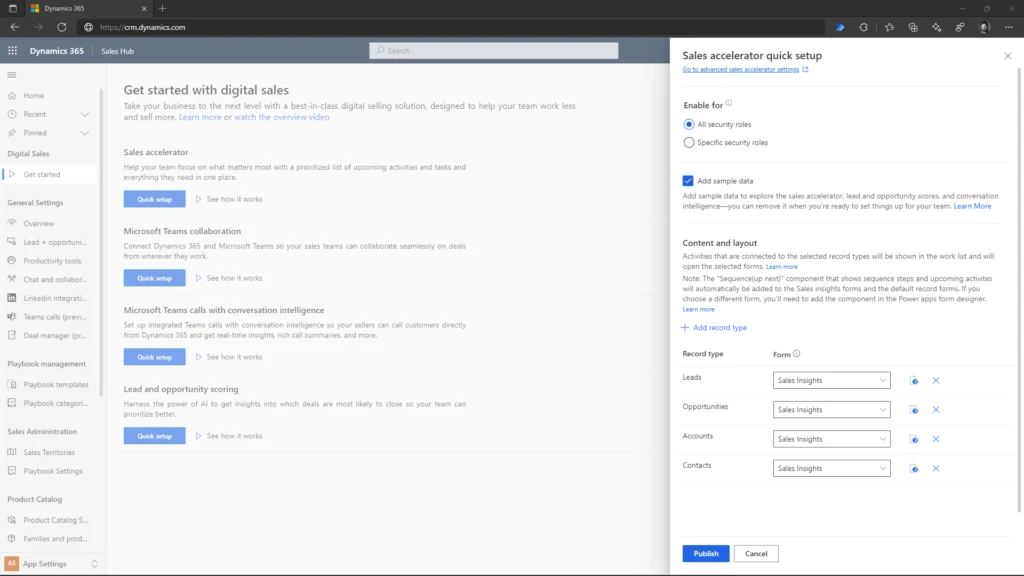
4 ways to accelerate revenue with Dynamics 365 Sales and AI
This article is contributed. See the original author and article here.
If sales were simple, then every seller and every sales organization would be successful. But there’s more to it, especially in the current landscape.
We’re seeing a fundamental shift in the way customers want to engageinstead of relying only on direct contact with sellers, customers more frequently use digital channels to get answers to questions and even to make purchasing decisions. The seller is moving from guiding every step of the sales process to being a trusted advisor. To fill this role, sellers must regroup and look for other ways to make a difference to their customers.
One way is through understanding the complete 360-degree view of the customer. The seller is not limited to just information from their sales force automation system, but can use data and insights on customers from across the organization. A 360-degree view provides a way to maximize the limited time a seller has with a customer and to engage them in a personalized, relevant conversation for a greater chance of success. But sellers today are suffering with digital overload from disparate systems that draw focus and time away from their customer engagements. How do we help sellers focus on actions that accelerate revenue?
The cutting-edge AI and collaborative capabilities of Microsoft Dynamics 365 Sales take the 360-degree view of the customer and give sellers the power to focus on the highest priority activity that has the best chance of moving the opportunity forward. Sellers can learn from customer history, access information from external data sources, and get next best actions to takeall within one tool, all within the sellers’ control.
And now, four AI-powered and collaborative digital selling capabilities, previously available only to Dynamics 365 Sales Premium customers, are available for all Dynamics 365 Sales Enterprise customers. You can now use these capabilities in your current environment, with your data and in real sales calls, transforming how your sellers engage with customers.
Digital selling capabilities in action:
This embed requires accepting cookies from the embed’s site to view the embed. Activate the link to accept cookies and view the embedded content.
Sell more, sell faster, sell together
The AI capabilities in Dynamics 365 Sales are a seller’s superpower. Sellers see, and can act on, suggested actions and collaborate with colleagues all within their flow of work. AI assists in that flow of work, identifying and suggesting actions, but the seller is in control on what to do next.
AI recommendations aren’t just in the context of working on an active deal. Sellers and managers can be proactive and drive successful deal closures with prioritized AI driven recommendations on at-risk or stalled deals. Sellers can see account relationships that are at risknot just customers with active deals.
We believe sellers will be more productive and close more deals with these digital selling tools assisted by AI. That is why we are enabling them for Dynamics 365 Sales Enterprise customers. We want sellers to be able to experience this new level of productivity and customer connection.
It’s easy to activate these features on your existing Dynamics 365 Sales product, just follow the in-app ‘Get started with digital sales’ guidance, complete with step-by-step videos.

Help sellers accelerate revenue in these four ways
1. Allow real-time call insights to drive better call outcomes. Conversation intelligence uses analytics and data science to help a seller be more efficient and productive. Calls are recorded and analyzed in real time with key insight and committed actions generated in the call conversation. We even programmatically generate meeting summaries to save time in capturing the outcome of a call.

2. Enable sellers to collaborate more effectively in the moments that matter. Sales is a team sport. Sellers need to access subject matter expertise in the context of a deal, collaborate with account teams across the globe, and share artifacts with customers throughout the sales lifecycle. With Microsoft Teams chat embedded within Dynamics 365, you can collaborate with stakeholders directly from within Dynamics 365. This allows you to use Dynamics 365 data as an organizing layer for your Teams collaboration activity and link chats to Dynamics 365 records, such as leads or opportunities, for convenient access for all participants.
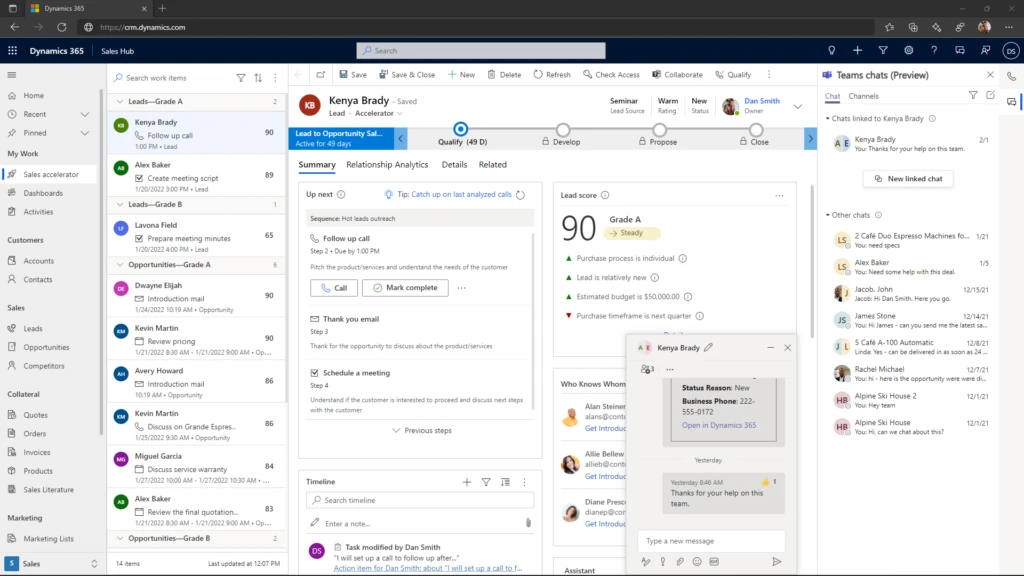
3. Help sellers prioritize activities that will have the highest impact. The sales accelerator in Dynamics 365 Sales helps sellers to sell smartly by building a strong and prioritized pipeline, offering context, and surfacing automated recommendations throughout a sales sequence that helps to speed the sales process.

4. Help sellers focus on the leads and opportunities that are most likely to close. Predictive lead and opportunity scoring uses machine learning models to calculate a score for open leads and opportunities. The score is designed to help a seller prioritize their day and identify records which require immediate attention. With effective prioritization sellers should be able to quickly tackle the right leads and opportunities to increase conversion and close rates.
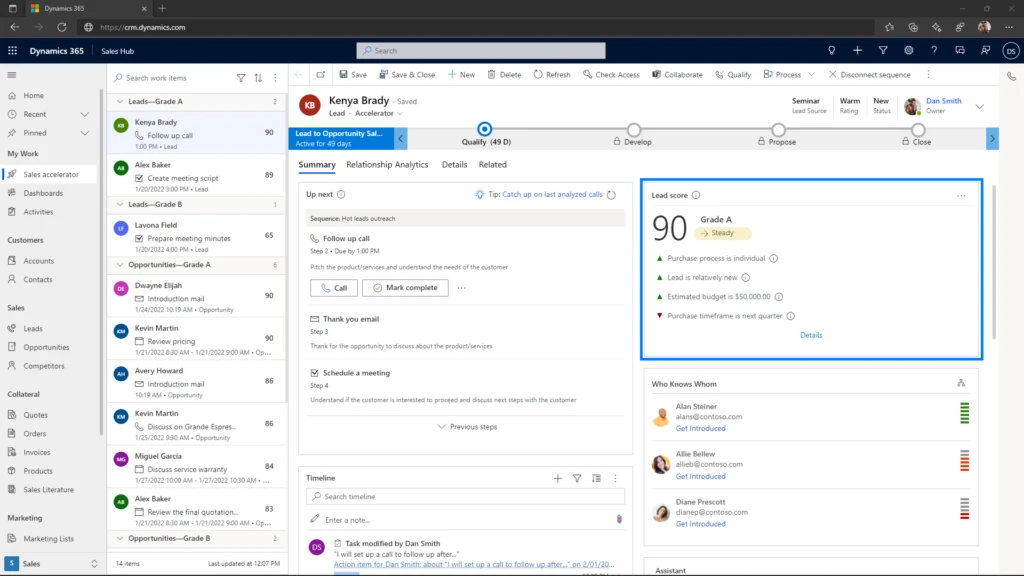
Conversation intelligence, sales accelerator, and lead and opportunity scoring are available in limited capacity each month, with enough quantity to see the daily productivity difference. Customers who hit the monthly limits, or simply want to enable broader use of these benefits, can upgrade to Dynamics 365 Sales Premium. Note that Microsoft Teams chat is not limited in capacity and is available to all Sales Enterprise and Sales Premium customers.
Digital selling is here to stay
With conversation intelligence, sales accelerator, and lead and opportunity scoring, sellers get best-in-class AI capabilities to remember the actions they have committed to, summarize meetings, and help prioritize their worklist. All of this helps your sellers to be more productive and save time by removing manual effort, spending more time selling.
I’m excited to share this update and encourage you to switch to these Dynamics 365 Sales Premium capabilities to take your business to the next level with best-in-class selling solutions.
Learn more
To learn more about these digital selling capabilities, click the links to these online documentation and video resources.
- Digital selling capabilities in Dynamics 365 Enterprise documentation
- Activate Digital Sales Selling video overview
- Dynamics 365 and Microsoft Teams website
If you’re not already a Dynamics 365 Sales customer, to learn more about how your organization can supercharge your digital sellers, visit the Dynamics 365 Sales webpage and sign up for a free trial.
The post 4 ways to accelerate revenue with Dynamics 365 Sales and AI appeared first on Microsoft Dynamics 365 Blog.
Brought to you by Dr. Ware, Microsoft Office 365 Silver Partner, Charleston SC.



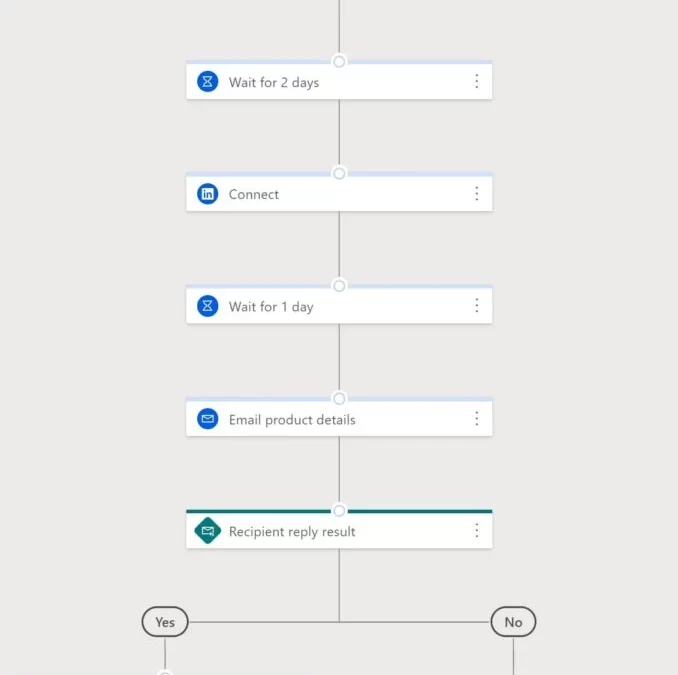
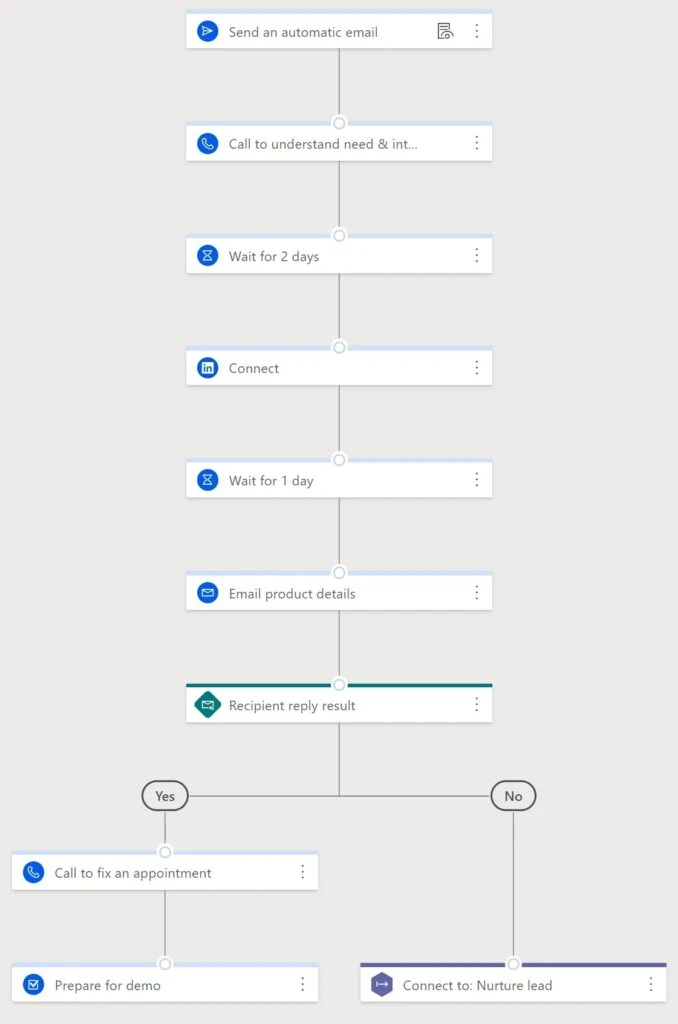
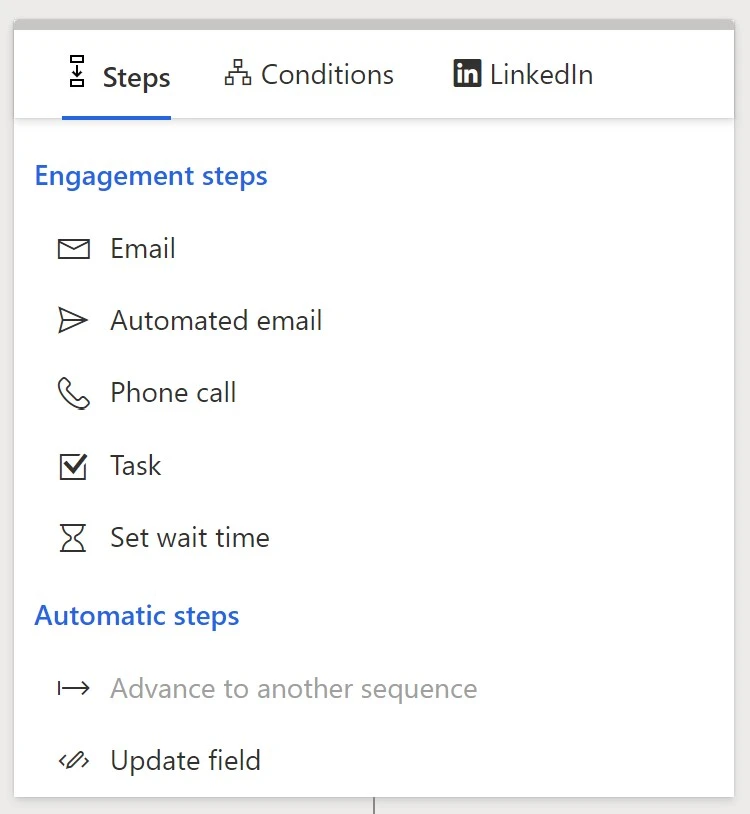
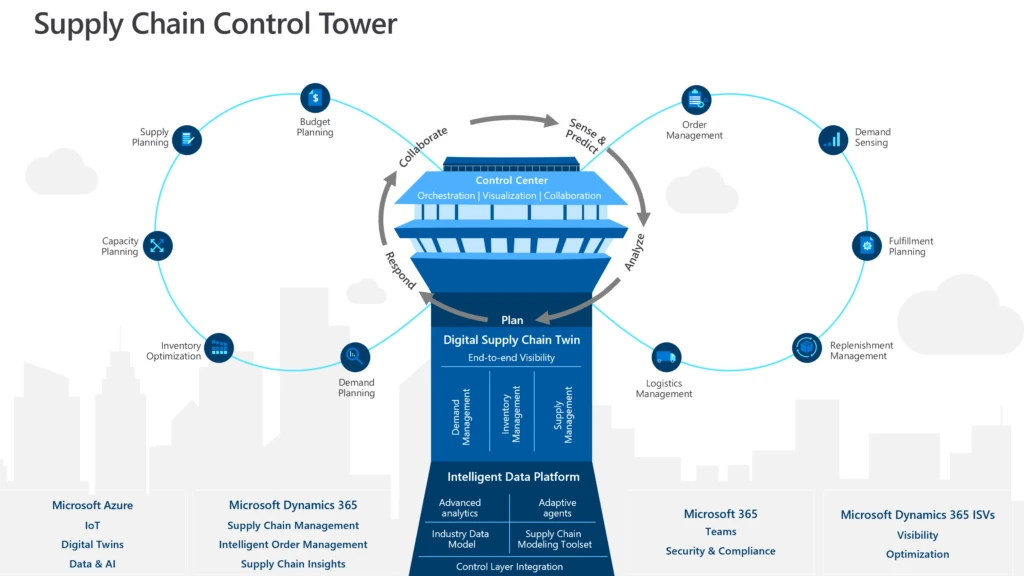
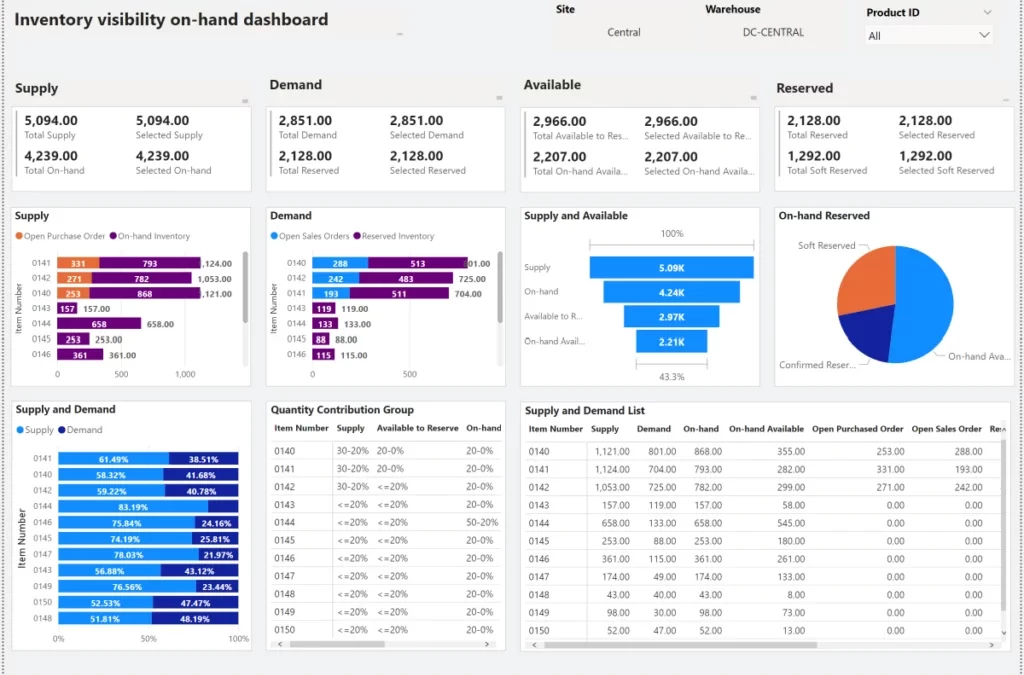
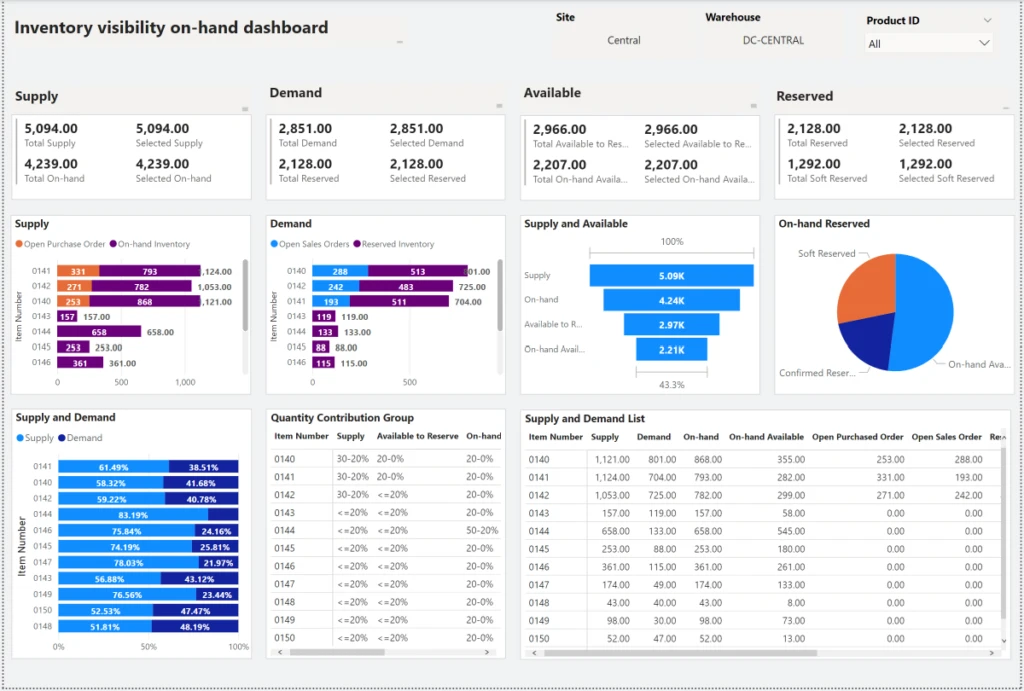

Recent Comments